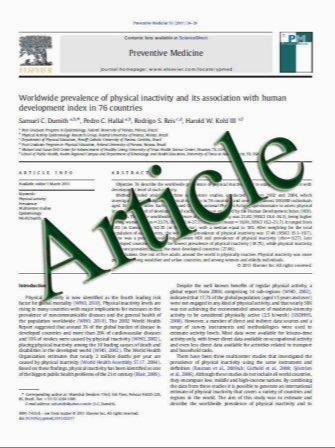A systems view of epithelial–mesenchymal transition signaling states
- نوع فایل : کتاب
- زبان : انگلیسی
- مؤلف : Stuart Thomson Filippo Petti Izabela Sujka-Kwok Peter Mercado James Bean Melissa Monaghan Sean L. Seymour Gretchen M. Argast David M.
- چاپ و سال / کشور: 2010
Description
Epithelial–mesenchymal transition (EMT) is an important contributor to the invasion and metastasis of epithelial-derived cancers. While considerable effort has focused in the regulators involved in the transition process, we have focused on consequences of EMT to prosurvival signaling. Changes in distinct metastable and ‘epigentically- fixed’ EMT states were measured by correlation of protein, phosphoprotein, phosphopeptide and RNA transcript abundance. The assembly of 1167 modulated components into functional systems or machines simplified biological understanding and increased prediction confidence highlighting four functional groups: cell adhesion and migration, metabolism, transcription nodes and proliferation/ survival networks. A coordinate metabolic reduction in a cluster of 17 free-radical stress pathway components was observed and correlated with reduced glycolytic and increased oxidative phosphorylation enzyme capacity, consistent with reduced cell cycling and reduced need for macromolecular biosynthesis in the mesenchymal state. An attenuation of EGFR autophosphorylation and a switch from autocrine to paracrine-competent EGFR signaling was implicated in the enablement of tumor cell chemotaxis. A similar attenuation of IGF1R, MET and RON signaling with EMT was observed. In contrast, EMT increased prosurvival autocrine IL11/IL6-JAK2-STAT signaling, autocrine fibronectin-integrin a5b1 activation, autocrine Axl/Tyro3/PDGFR/FGFR RTK signaling and autocrine TGFbR signaling. A relatively uniform loss of polarity and cell–cell junction linkages to actin cytoskeleton and intermediate filaments was measured at a systems level. A more heterogeneous gain of ECM remodeling and associated with invasion and migration was observed. Correlation to stem cell, EMT, invasion and metastasis datasets revealed the greatest similarity with normal and cancerous breast stem cell populations, CD49fhi/EpCAM-/lo and CD44hi/CD24lo, respectively.
Clin Exp Metastasis (2011) 28:137–155 DOI 10.1007/s10585-010-9367-3 Received: 22 September 2010 / Accepted: 7 December 2010 / Published online: 31 December 2010


